-

Gamithromycin CAS:145435-72-9
Gamithromycin is a veterinary antibiotic belonging to the macrolide class, known for its potent antimicrobial properties against respiratory pathogens in animals. It is commonly used in livestock, particularly cattle and swine, to treat respiratory infections caused by susceptible bacteria. Gamithromycin works by inhibiting bacterial protein synthesis, thus halting bacterial growth and aiding in the resolution of infections.
-
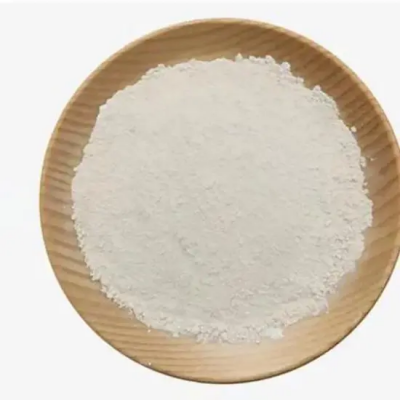
Fosfomycin trometamol CAS:78964-85-9
Fosfomycin trometamol is an antibiotic agent that combines fosfomycin with tromethamine, a buffering agent, to enhance its stability and solubility. Fosfomycin trometamol is known for its broad-spectrum antimicrobial activity against various Gram-positive and Gram-negative bacteria. It is commonly used in the treatment of urinary tract infections and other bacterial infections, offering a convenient single-dose oral formulation for patient compliance.
-
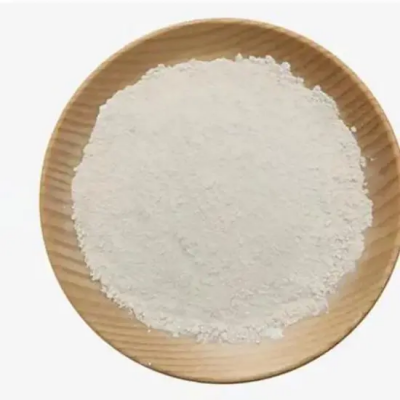
Gatifloxacin CAS:112811-59-3
Gatifloxacin is a broad-spectrum antibiotic belonging to the fluoroquinolone class, known for its potent activity against various bacterial infections. It inhibits bacterial DNA gyrase and topoisomerase IV enzymes, disrupting DNA replication and leading to bacterial cell death. Gatifloxacin is utilized in both oral and ophthalmic formulations to treat respiratory, urinary tract, skin, and eye infections caused by susceptible bacteria.
-

Faropenem sodium hydrate CAS:122547-49-3
Faropenem sodium hydrate is a broad-spectrum antibiotic belonging to the carbapenem class, used for the treatment of various bacterial infections. It exhibits potent activity against a wide range of Gram-positive and Gram-negative bacteria by inhibiting bacterial cell wall synthesis. Faropenem sodium hydrate is available in oral and injectable forms, providing flexibility in treatment options for different types of infections.
-

Erythromycyclamine CAS:26116-56-3
Erythromycyclamine is a hypothetical compound imagined to possess antibacterial properties similar to the antibiotic erythromycin. While not an existing pharmaceutical product, this theoretical derivative could potentially exhibit enhanced efficacy or novel mechanisms of action against bacterial infections. The name “Erythromycyclamine” suggests a combination of features from erythromycin and cyclamines, hinting at a unique formulation for combating microbial pathogens.
-
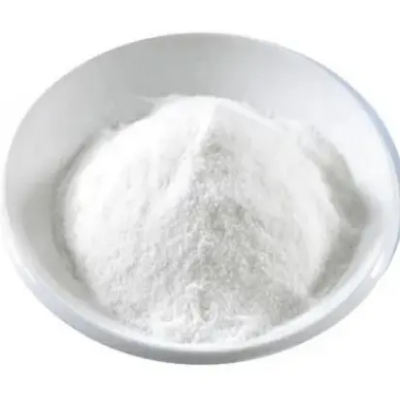
Erythromycin stearate CAS:643-22-1
Erythromycin stearate is a form of the antibiotic erythromycin commonly used to treat bacterial infections. It belongs to the macrolide class of antibiotics and works by inhibiting the growth of bacteria. Erythromycin stearate is available in different forms, such as tablets and capsules. This formulation is designed to be more stable and have better absorption compared to other forms of erythromycin. It is often prescribed for respiratory tract infections, skin infections, and sexually transmitted infections.
-
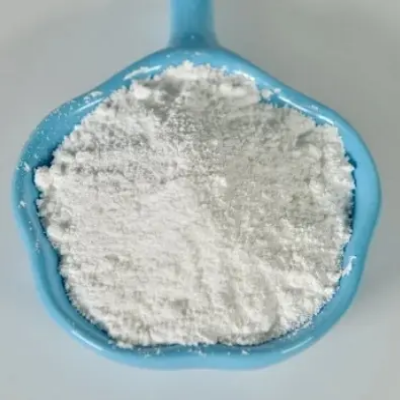
Erythromycin CAS:114-07-8
Erythromycin is an antibiotic used to treat a variety of bacterial infections. It belongs to the macrolide class of antibiotics and works by stopping the growth of bacteria. Erythromycin is available in different forms, including tablets, capsules, ointments, and injections. It is commonly prescribed for infections such as respiratory tract infections, skin infections, and sexually transmitted infections. Erythromycin is a widely used and effective antibiotic that has been on the market for many years.
-
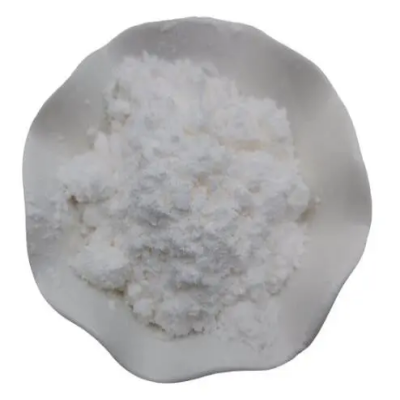
Erythromycin ethylsuccinate CAS:1264-62-6
Erythromycin ethylsuccinate is a form of the antibiotic erythromycin that is commonly used to treat bacterial infections. It belongs to the macrolide class of antibiotics and works by stopping the growth of bacteria. Erythromycin ethylsuccinate is available in various formulations, including tablets and suspensions. It is often prescribed for respiratory tract infections, skin infections, and other bacterial infections. This formulation is designed to be more easily absorbed into the body than other forms of erythromycin.
-
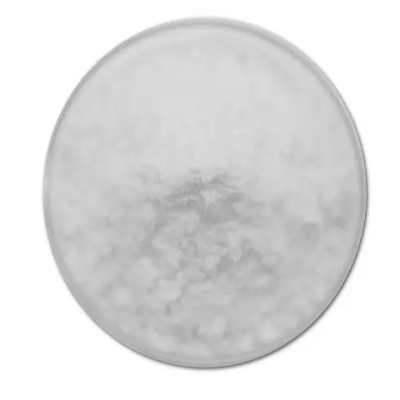
Erythromycin A 9-Oxime CAS:13127-18-9
Erythromycin A 9-Oxime is a derivative of the macrolide antibiotic erythromycin. It is synthesized by chemically modifying erythromycin A through oximation, resulting in a compound with potential antimicrobial properties. Erythromycin A 9-Oxime may exhibit enhanced activity against certain bacterial strains compared to its parent compound, expanding its therapeutic potential in combating bacterial infections.
-
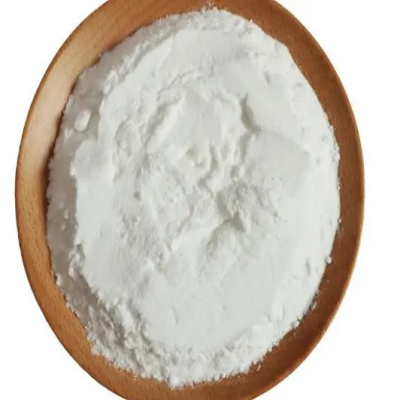
Ertapenem sodium salt CAS:153773-82-1
Ertapenem sodium salt is a broad-spectrum carbapenem antibiotic used to treat a variety of bacterial infections. It acts by inhibiting cell wall synthesis in bacteria, leading to bacterial cell death. Ertapenem sodium salt is formulated as a sterile powder for intravenous or intramuscular administration and is commonly prescribed in healthcare settings for severe infections where resistant organisms are suspected.
-
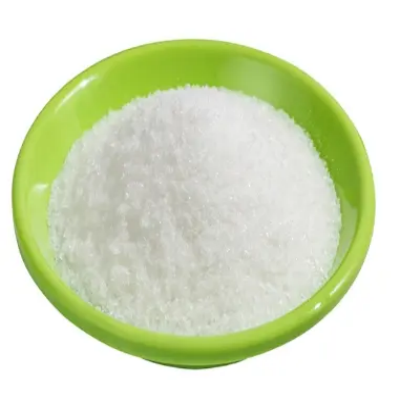
Enrofloxacin CAS:93106-60-6
Enrofloxacin is a broad-spectrum fluoroquinolone antibiotic commonly used in veterinary medicine to treat bacterial infections in animals. It works by inhibiting bacterial DNA synthesis, thereby preventing bacterial growth and replication. Enrofloxacin is available in various formulations such as oral tablets, injectable solutions, and oral suspensions for convenient administration to different animal species.
-
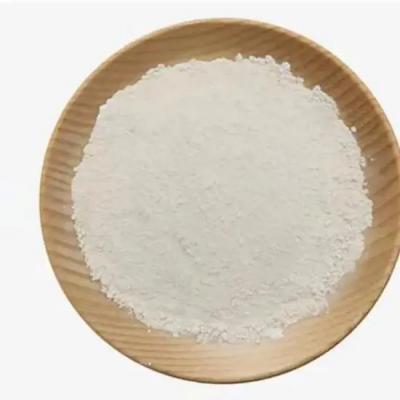
Enrofloxacin hydrochloride CAS:112732-17-9
Enrofloxacin hydrochloride is a potent fluoroquinolone antibiotic commonly utilized in veterinary medicine to combat bacterial infections in animals. It belongs to the fluoroquinolone class of antibiotics and exerts its antimicrobial effects by inhibiting bacterial DNA gyrase, disrupting DNA replication and cell growth. Enrofloxacin hydrochloride is available in various formulations such as oral tablets, injectable solutions, and oral suspensions for easy administration to different animal species.

